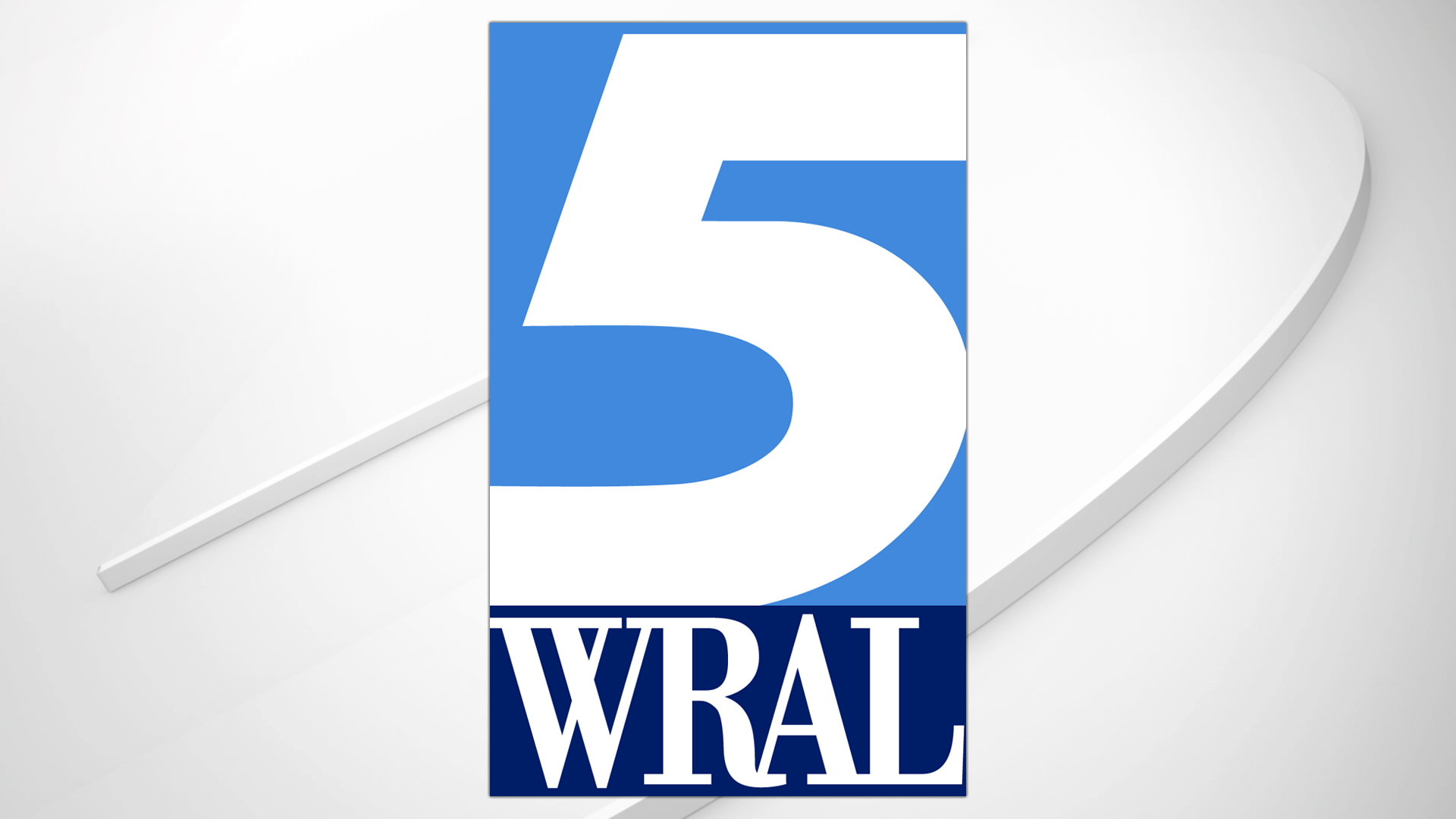Shopping
The American shopping spree is losing steam

CNN — (CNN) — It’s becoming tougher and tougher for Americans to carry on with their spending spree.
Years of elevated inflation and the highest interest rates in almost a quarter century are wearing out the US consumer. Savings accumulated during the Covid-19 pandemic are drying up, borrowers continue to rack up debt and delinquencies are marching higher. Retailers say shoppers are under immense pressure, especially those with low incomes.
Americans power economic growth with their spending, and they’re being buffeted from every direction.
US consumers unleashed a tsunami of demand when the economy ascended from pandemic depths. That momentum persisted last year as Americans gladly opened their wallets, selling out high-profile concerts and breaking travel records, which also staved off a widely anticipated recession.
Such exuberance is being kept alive by America’s solid job market, with sub-4% unemployment, nearly two million job openings more than unemployed people seeking work and wages that are outpacing inflation. The job market is proving to be the US economy’s saving grace, but it is unmistakable that Americans are feeling pinched.
Once that shoe drops, it could cause an earthquake for the world’s biggest economy.
“As long as people stay employed, they’ll continue to spend because it’s hard to pull back dramatically without feeling like you’re shortchanging yourself,” Carol Schleif, chief investment officer at BMO Family Office, told CNN. “But consumers are being very selective now, and they will cut back if they have to.”
A slowdown according to economic data
Given the barrage of economic hurdles facing consumers, economists are paying close attention for a turning point.
Sales at US retailers and restaurants were unexpectedly flat in April, missing the 0.4% gain economists projected. Retail spending, which is adjusted for seasonal swings but not inflation, was also revised down for March.
A second estimate of gross domestic product, released Thursday, showed that consumer spending was weaker in the first three months of the year than initially reported.
Consumption, which accounts for about two-thirds of the US economy, advanced 2% in the first quarter, down from the 2.5% reflected in the first estimate. That resulted in gross domestic product overall to be revised down to a 1.3% annualized rate, compared to the 1.6% initially estimated. Economists polled by FactSet are expecting data to be released Friday to show that consumer spending slowed notably in April from March.
But perhaps the most unsettling economic release that came in below economists’ expectations was the employment report for April. Employers added just 175,000 jobs last month, a big miss from the 235,000 jobs economists projected in a FactSet poll. And instead of holding steady at 3.8%, as expected, the unemployment rate edged higher to 3.9%. The job market is humming along just fine for now, but for how much longer remains to be seen. The fate of spending is at stake.
It’s unclear if the recent slate of disappointing figures means the economy will weaken further or rebound because one month’s data — not even one quarter’s — does not make a trend.
Warnings from retailers
Retail earnings have painted a mixed picture, but lower and middle-income customers are now pulling back.
Walmart (WMT) saw customers across income brackets shop more frequently at the chain across the first three months of the year, including higher-income consumers buying groceries in a sign that consumers are squeezed.
Other chains have seen similar signals. Lower-income consumers bought more private-label brands and $1 items at Dollar General during its latest quarter, that company said.
Kohl’s (KSS) stock plunged more than 20% Thursday after weak quarterly results, showing how middle-income customers have pulled back on non-essential clothing and discretionary merchandise at department stores.
“Our customers continue to be pressured by a number of economic factors, including high interest rates and inflation,” Kohl’s CEO Thomas Kingsbury said on a call with analysts on Thursday. “Our middle income customer continues to be impacted.”
Target, Home Depot and Best Buy, which have been some of the strongest retailers in recent years, have taken a hit from the pullback in discretionary goods.
Many retailers have slashed prices and ramped up discounts to try to boost demand.Still, there have been bright spots in the retail industry.
TJX, the parent of TJ Maxx and Home Goods, has surged as consumers seek out bargains. And Abercrombie & Fitch, a 1990s mainstay, has tapped into consumer nostalgia to revitalize the brand.
Economists were humbled last year when their bets that the economy would fall into a recession proved to be flat-out wrong, so the economy’s resilience ought not to be underestimated.
But the latest data and earnings results show that the economic landscape remains undeniably tough and it is putting Americans to the test.
The-CNN-Wire™ & © 2024 Cable News Network, Inc., a Warner Bros. Discovery Company. All rights reserved.







:max_bytes(150000):strip_icc()/roundup-writereditor-loved-deals-tout-f5de51f85de145b2b1eb99cdb7b6cb84.jpg)


